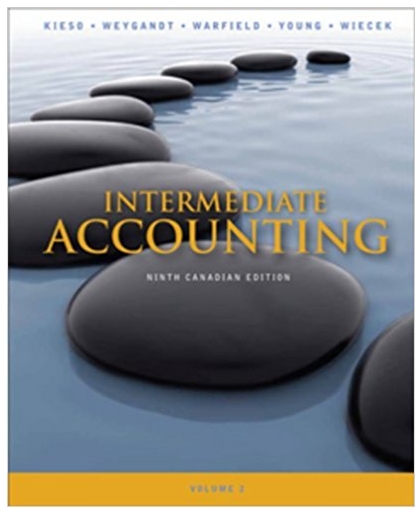Question
Which of the following is a reason for increased income inequality? (3 points) Market forces lead to highly diverse marginal revenue products based on the
- Which of the following is a reason for increased income inequality? (3 points)
Market forces lead to highly diverse marginal revenue products based on the goods and services provided by laborers.
There is a decrease in the productive capacity of capital so that wages and salaries are instead paid to an improving labor force.
Taxes on earnings are collected each year and the amount per worker is based on a progressive calculation.
Market wages are rising, and so the unemployed are incentivized to find a job.
The structure of the labor union is reorganized such that their bargaining power is increased significantly.
2.If Country S has greater income inequality than Country T, which of the following must be true? (3 points)
Country S will have greater wealth overall.
Country T will have greater wealth overall.
Country S will have a higher Gini coefficient than Country T.
Country S will have a lower Gini coefficient than Country T.
Country S will have more people in poverty than Country T.
3.Which of the following is an effective government response to a natural monopoly's tendency to produce less output at a higher cost than the socially optimal quantity? (3 points)
A per-unit subsidy
A patent
A lump-sum subsidy and price ceiling
Antitrust legislation
A per-unit tax
4.A per-unit tax on a good with relatively elastic supply will result in (3 points)
more deadweight loss than if demand were elastic
a higher tax burden on consumers than on producers
less tax revenue than if demand were elastic
a lower tax burden on consumers than on producers
a tax burden that is equally distributed between consumers and producers
5.What is the most common government method(s) to prevent the tragedy of the commons? (3 points)
Quotas or other production or consumption regulations
A per-unit tax
Per-unit subsidies or direct provision
A price floor
A lump-sum tax
6.The research report of a scientist is only accessible through the purchase of a journal, a magazine for professional academic topics. What type of good best describes this report? (3 points)
Public good
Private good
Survival good
Artificially scarce good
Common pool resource
7.Which of the following scenarios best exemplifies an excludable and rivalrous good? (3 points)
An uncongested river in a state where people can fish
A wireless internet service without a password
A public radio broadcast
An online newspaper requiring a subscription
A pair of shoes made by a popular name brand
8.Consider a situation in which there is overproduction, as in the case of pollution, or underproduction, as in the case of vaccinations. What type of policy should a government enact to produce the socially optimal quantity in the most economically efficient way? (3 points)
Private provision
Per-unit taxes and subsidies
Environmental deregulation
Strict enforcement of property rights
Ensure property rights are not transferable
9.Which of the following prevents private market negotiations from adequately addressing an externality? (3 points)
Unclear property rights
Perfect competition
Allocative efficiency
Low or zero transaction costs
Perfectly symmetric information
10.Which of the following scenarios could describe a market experiencing a negative production externality? (3 points)
Optimal social quantity will be less than the private unregulated quantity, and the optimal social price will be greater than the private price.
Optimal social quantity will equal private quantity, and social price will equal private price.
Optimal social quantity will be less than the private unregulated quantity, and social price will be less than private price.
Optimal social quantity will be greater than the private unregulated quantity, and social price will be less than private price.
Optimal social quantity will be greater than the private unregulated quantity, and social price will be greater than private price.
Step by Step Solution
There are 3 Steps involved in it
Step: 1

Get Instant Access with AI-Powered Solutions
See step-by-step solutions with expert insights and AI powered tools for academic success
Step: 2

Step: 3

Ace Your Homework with AI
Get the answers you need in no time with our AI-driven, step-by-step assistance
Get Started


